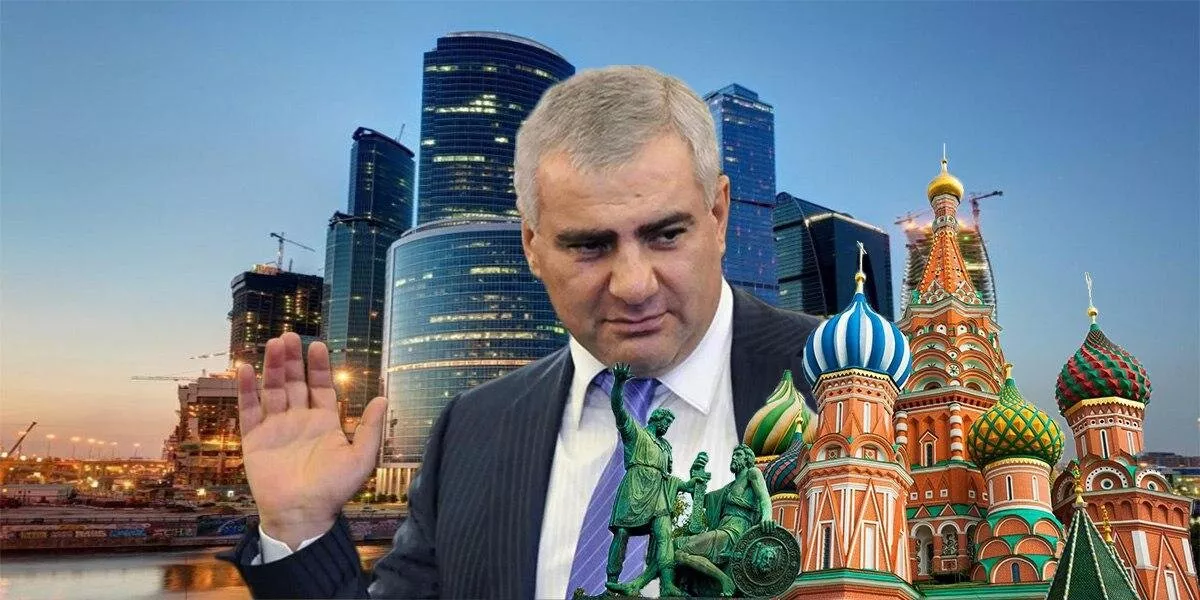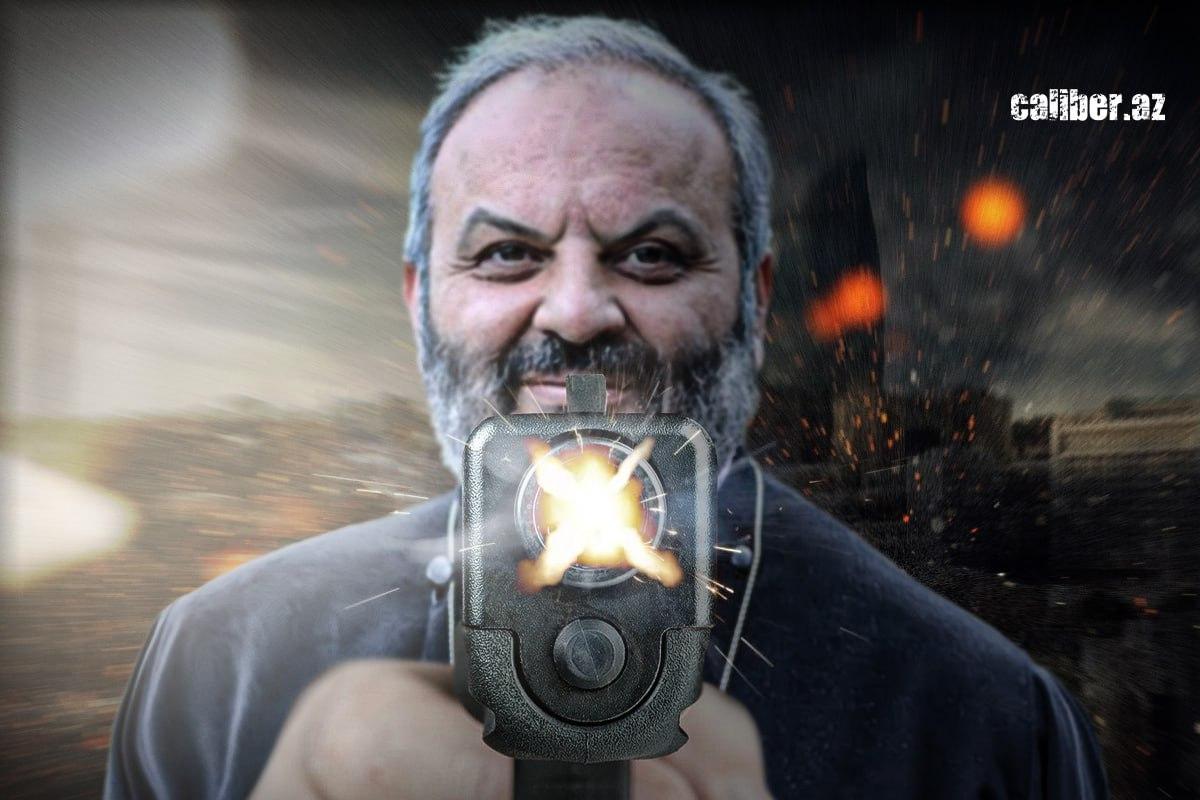Armenian church escalates rhetoric against Azerbaijan Etchmiadzin’s role in rising tensions
On September 28, during the Holy Chrism (Myron) ceremony in the Etchmiadzin Cathedral, Karekin II, Catholicos of All Armenians made provocative statements urging the Armenian people to prepare for conflict with Azerbaijan. This ceremony, held every seven years, was marked by aggressive rhetoric, prompting experts to scrutinize Karekin II’s remarks.
He urged “those anointed with peace” to fear God and stand resolute against their adversaries, asserting that peace is integral to the Armenian identity. Karekin II described peace as "the blood that gives us strength to overcome trials," yet simultaneously called on the international community to intervene against what he termed the "expansionist aspirations of Azerbaijan."
His appeal emphasized that “the violence against the people of Artsakh is not just an attack on them but on the entire Armenian nation.” This highlights the Church's ongoing bellicose narrative, framing Azerbaijan as an enemy while lamenting the threats and losses faced by the Armenian people.
The context of Karekin II's speech on September 28 is undoubtedly clear to all.
It is quite telling that the event on September 29, titled "re-consecration ceremony of the Etchmiadzin Cathedral," was attended by Prime Minister Nikol Pashinyan and his wife, the President, the Speaker of Parliament, and other members of the Armenian government. This took place, according to Armenian sources, “despite significant disagreements with the Mother See of Etchmiadzin.” In the presence of the country's top officials, Catholicos Karekin II intensified his aggressive rhetoric.
He asserted that "Holy Etchmiadzin, overlooking Ararat, has been guiding the Armenian people on the path to salvation for centuries." Therefore, he claimed that any opposition to the Armenian Church constitutes a threat to Armenian identity, existence, and statehood. He further warned that "any effort to undermine the mission of Holy Etchmiadzin is an attempt to weaken our nation and jeopardize our independent and sovereign life." In this context, Karekin II emphasized the crucial role of “education for a victorious future.”
With such unabashed bellicosity, Karekin II seems to be steering the region toward conflict. Given the historical context of the Armenian Church, this approach is, regrettably, nothing new.
In this context, a famous Russian oligarch Samvel Karapetyan played a significant role in the recent ceremonies, being introduced as the “godfather of the Holy Chrism.” Analysts suggest that there may be underlying motives behind his interactions with journalists during these events.

When asked about rumors regarding the Armenian government's intentions to reclaim “Electric Networks of Armenia” from him, Karapetyan denied such claims. Journalists pointed out his ownership of Tashir Holding, which includes the Hrazdan Thermal Power Plant and several other companies. They referenced Prime Minister Pashinyan's criticism of the “quality of electricity supply” in Armenia during a government meeting on September 5, following power outages in Yerevan earlier this summer.
Regardless of the specifics, it is significant that, over the past two days, the Russian “godfather” of Armenian descent has effectively united Armenian leadership with Etchmiadzin. Whether this alliance lasts for just a few hours or longer is secondary; what stands out is the absence of any official repudiation from the government regarding Karekin II's aggressive rhetoric aimed at Azerbaijan.
Taking a broader perspective on the recent events, a rather intriguing picture emerges. As previously noted, Armenian priest Gapon (Bagrat Galstanyan) announced the beginning of a “new phase of struggle—a period of victory and light” starting October 2. He described this struggle as “persistent, unstoppable, and consistent,” notably refraining from mentioning a “victorious end.” This omission suggests he may have anticipated some uncertain developments ahead.
However, the key point in Galstanyan's view is to mobilize the people, though it's unclear for what cause or in whose name.

What raises questions is the timing of the bellicose statements made by both Karekin II and Gapon. Gapon emphasized that “all our actions, methodologies, and tactics” have been discussed in advance, prompting speculation about the synchronization of their messages.
Is this alignment between the official stance of Etchmiadzin and Gapon’s rhetoric merely coincidental? Moreover, was the night shelling on September 28—carried out by Armenian armed forces from the Almaly settlement in the Keshishkend region toward Yukhari Buzgov in Babak district of Nakhchivan Autonomous Republic—an accident, or does it indicate a more coordinated approach? These questions merit careful consideration as tensions continue to escalate.
It’s puzzling that on September 28, the Catholicos spoke of the sanctification of peace while simultaneously urging his followers to take up arms against Azerbaijan. One wonders if Karekin II is aware of the words of St Nikolas of Serbia, who said, “The war between people is a continuation of the war fought by man against God.”
Perhaps it would be wise for him to heed this wisdom and encourage his supporters to reflect on it.
As for Galstanyan, it would be beneficial for him to recognize the importance of light overcoming darkness, a lesson highlighted by the outcomes of the Second Karabakh War. As the Gospel states, “And the light shines in the darkness, and the darkness has not overcome it” (John 1:5).








